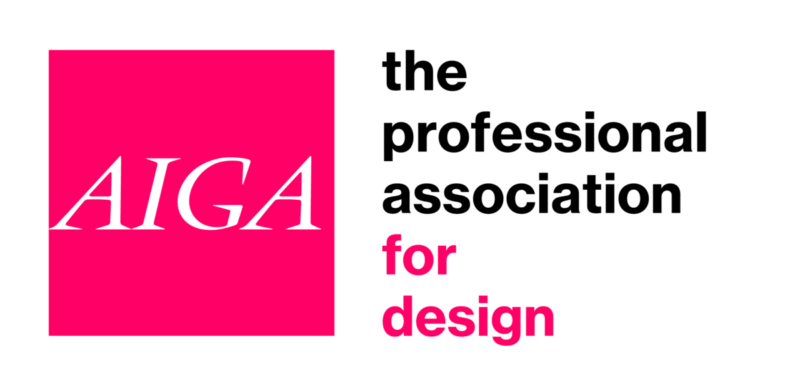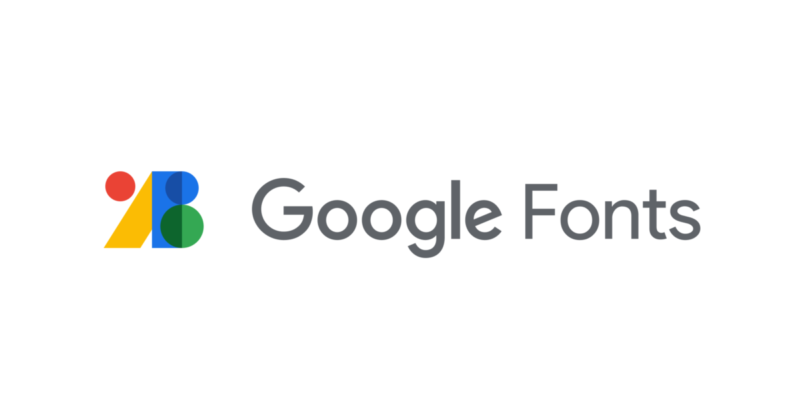Reading the AIGA guidelines, the chapter about font copyrights jumped immediately to my attention because, in the last few days, I have been working on a logo and searching for different possible fonts to combine with the logo. After presenting my ideas for the possible fonts, Prof. Goldfeld suggested working more on the choice of fonts and using Adobe or Google fonts. I didn’t ask for the reason, I just went back to the logo design and started looking for fonts on font.adobe.com. While navigating between hundreds of fonts, I realized that most of the fonts I previously chose and downloaded for free were actually for personal use ONLY. I was so relieved that I didn’t present those logo ideas to the client because if she had chosen one of them and then used it for her branding or website, I could have put her and myself in a difficult situation. I then asked prof Goldfeld the reason why she suggested using only Adobe and Google fonts and her answer was about perfect, complete, and more professional fonts. It is actually true that most of the fonts I download for free are incomplete (they only have one family font or don’t include numbers) and present so many mistakes and imperfections that may your design look sloppy instead of professional. However, the variety of free beautiful, and creative fonts that are offered for free on the web makes it tempting to want to use them.
Another food for thought that I found in that chapter was the fact that
“ You need permission to alter a font for use in your design. Because the software that describes a typeface is automatically subject to copyright protection upon its creation, any version of the original font is considered a “derivative work” under copyright law. The revision (of a font) should not be considered an authorized derivative work because the adaptation is derived from copyrighted software.”
I always thought that once you modify a font somehow it loses ownership. I might have understood it wrong, but I think that this part of the chapter might need to show some examples of what a revisioned font would look like in confront to the original one, because if a font is modified to the point that it loses its own personality and enhances other feelings, can it really still be considered a derived one? Can you really so clearly distinguish the original from the derived one?







